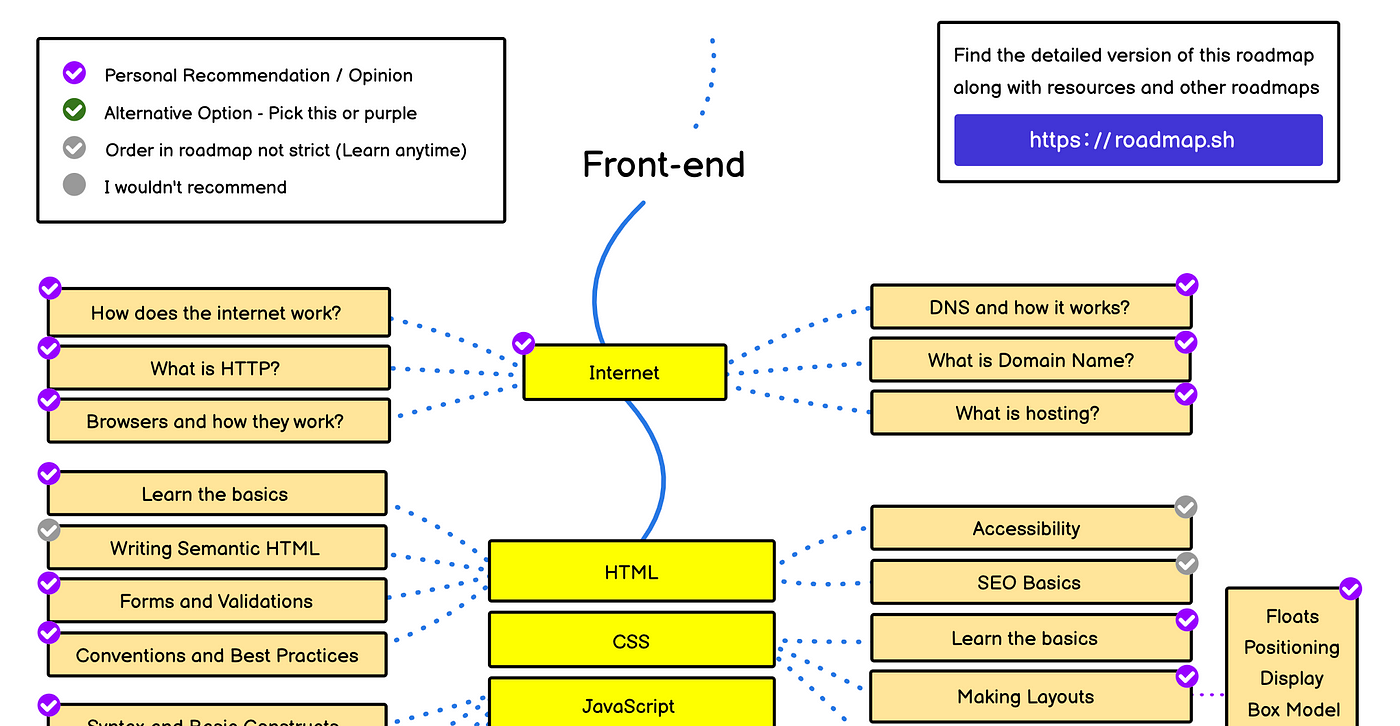Create A Digital Marketing Services A High School Bully Would Be Afrai…
페이지 정보

본문
Introduction:
In today's fast-paced digital era, having a strong online presence is crucial for businesses, organizations, and even individuals. Website development plays a pivotal role in creating and optimizing websites to meet objectives in terms of functionality, usability, design, and responsiveness. This report aims to provide a comprehensive overview of website development, highlighting its significance and the key elements involved in the process.
 Body:
Body:
 Conclusion:
Conclusion:
Website development stands at the forefront of the digital revolution, digits marketer allowing businesses and individuals to harness the power of the internet effectively. With careful planning, strategic execution, appealing design, seamless user experience, and proper SEO integration, organizations can create a strong online presence and achieve their objectives. As the digital landscape continues to evolve, staying up-to-date with the latest website development practices will be vital for sustained success in the online realm.
In today's fast-paced digital era, having a strong online presence is crucial for businesses, organizations, and even individuals. Website development plays a pivotal role in creating and optimizing websites to meet objectives in terms of functionality, usability, design, and responsiveness. This report aims to provide a comprehensive overview of website development, highlighting its significance and the key elements involved in the process.
 Body:
Body:- Importance of Website Development:
- Planning and Strategy:
- Design and User Experience:
- Content Management System (CMS):
- Mobile Responsiveness:
- Search Engine Optimization (SEO):
 Conclusion:
Conclusion:Website development stands at the forefront of the digital revolution, digits marketer allowing businesses and individuals to harness the power of the internet effectively. With careful planning, strategic execution, appealing design, seamless user experience, and proper SEO integration, organizations can create a strong online presence and achieve their objectives. As the digital landscape continues to evolve, staying up-to-date with the latest website development practices will be vital for sustained success in the online realm.
- 이전글Cocktails sur le Rhum : Une Évasion Tropicale 24.12.16
- 다음글Les Meilleures Salles de Gym à Leduc : Trouvez Votre Espace Fitness Idéal 24.12.16
댓글목록
등록된 댓글이 없습니다.






